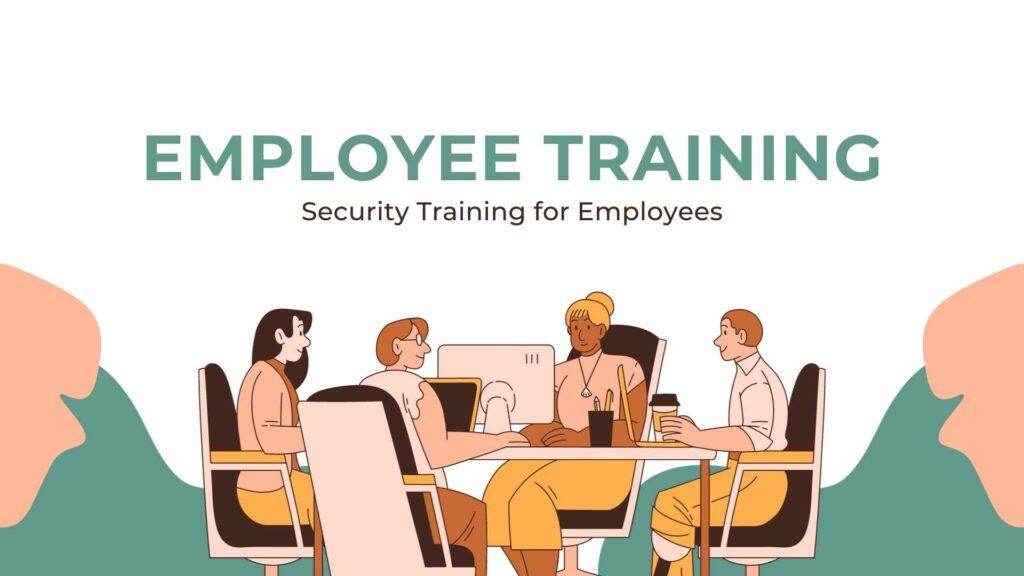Cyber-attacks pose one of the most significant strategic threats companies face today. Yet despite increased risks, many organizations fail to implement cybersecurity capabilities covering even basic fundamentals. Piecemeal defenses full of gaps lead to disastrous breaches down the road.
This article serves as a practical guide to the 8 indispensable domains of cybersecurity capabilities. While specific controls will differ across companies, shoring up protections across each area drastically reduces exposure. Defense-in-depth is the name of the game.
Table of Contents
The Growing Necessity for Layered Cyber Protections
With malware attacks reaching record highs and the costs of breaches soaring, cybersecurity can no longer be delegated solely to IT departments. Organizations of all types and sizes need robust cyber strategies to avoid interruptions and safeguard what matters.
No single layer of protection can block modern threats looking to penetrate your networks through any means necessary to access data. That’s why a multi-capability security approach spanning 8 key areas is essential:
8 Key Areas to Strengthen Cyber Defenses
1. IT Asset Discovery and Inventory
Knowing what devices, data and systems you have is a prerequisite for measuring and managing risk. Comprehensive asset discovery lays the foundation to:
- Identify authorized hardware/software on networks
- Catalog sensitive information like customer data
- Locate security vulnerabilities and rogue devices
- Prioritize protection based on criticality
Asset visibility provides scope for follow-on capabilities.
2. Access Controls
Managing access is fundamental for reducing your risk exposure. Key components include:
- Directory services with single secure sign-on
- Strict least-privilege permissions and segmentation
- Multi-factor authentication (MFA) for controlling access
- Encryption to further limit data accessibility
Well designed identity and access controls limit damage breaches can inflict.
3. 24/7 Security Operations
Ensuring continuous oversight to catch intruders demands:
- Security analytics platforms collecting event data
- Security information management (SIEM) to analyze risks
- Dedicated security experts performing threat monitoring
- Integrating visibility across on-prem, cloud and tools
Vigilance is hugely enabled by connecting telemetry enterprise-wide.
4. Incident Response Preparedness
It’s virtually inevitable most organizations will experience a breach. Minimizing harm requires planning:
- Comprehensive incident response plan detailing containment strategies
- Designated stakeholders and decision makers
- Security teams trained in diagnostic procedures
- Communications protocols to inform employees, customers, authorities
Incident response stops bad from getting worse.
5. Shielding Vulnerable Points
While walled-off networks seem intuitive, the ubiquity of internet connectivity necessitates safeguarding key threat vectors like:
- Employee email and endpoints
- Business web applications
- Cloud hosting environments and services
- Mobility and bring your own device
- Network perimeter
- Industrial control and IoT systems
Attack surfaces span both technology and people. Apply layered security controls accordingly.
6. Security Training for Employees

Technical protections only accomplish so much given insiders facilitate a high percentage of breaches. Prioritizing people involves:
- Across-the-board security awareness training
- Role-specific education aligning to access levels
- Testing behaviors through simulated phishing campaigns
- Promoting vigilance as everyone’s shared responsibility
Equipped staff serve as intrusion detectors and decision makers upholding security.
7. Adhering to Compliance Mandates
Regulations often dictate baseline technical controls and reporting:
- Data protection for personal information per GDPR, CCPA
- Cyber insurance protections to transfer risk
- Industry standards adherence to operate safely
Non-compliance carries significant legal, financial and reputational risks.
8. Third Party Cyber Risk Management
The connectivity enabling modern business carries risk too:
- Vetting supplier and partner cyber practices via audits
- Monitoring threats through shared networks
- Governance ensuring policies extend to other parties
- Clauses contractualizing security standards
With weaker links upstream and downstream, value chains warrant protection.
While the precise combination of cybersecurity capabilities evolves as technology and dangers shift, these 8 areas form a robust, expansive game plan to counter unfolding threats.
Getting Started with Cybersecurity Capabilities
While the problem seems daunting, simple first steps go far:
- Spot gaps through risk assessments identifying lacking controls by domain.
- Map priorities to critical assets and adequate budget.
- Embrace capabilities delivering best ROI as building blocks.
- Let initial initiatives demonstrate wins and value.
Cybersecurity is always evolving. But getting grounded with core protections in each area makes organizations resilient regardless of what’s to come.
FAQs
Perform risk assessment of current state protections and deficits by capability area. Inventory sensitive IT assets. Use gaps visible to prioritize initiatives delivering maximum risk reduction. Build momentum with foundational access controls, security monitoring and training rollout.
Capture metrics baseline through initial assessments – number of vulnerabilities, mean time to detect/respond to threats, percentage of systems without MFA, percentage of employees falling for phishing simulations. Then track progress on key metrics year over year.
Frequent malware infections and outages, lack of visibility into IT assets, unencrypted sensitive data, complex privileged access permissions, employees unaware of policies and threats, absence of response plans all signal significant capability gaps putting the organization at risk.

